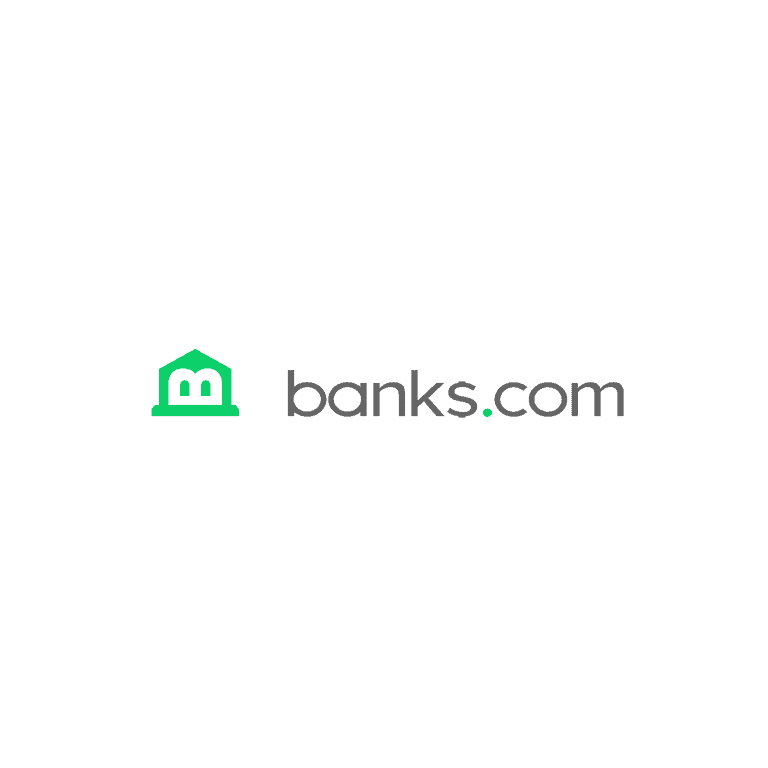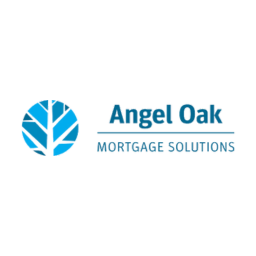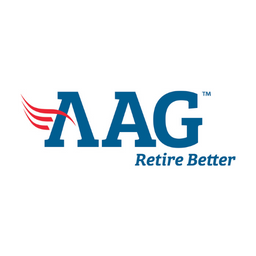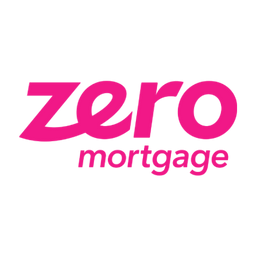No-cost refinance loans are loans where the lender or broker pays all the settlement or closing costs associated with the loan. Traditional mortgage refinances loans usually include substantial closing costs that normally are paid up-front. Closing costs can include typical lender fees such as loan origination, processing, underwriting, and closing fees. Some standard third-party fees include fees such as appraisal costs, escrow/title fees, certification and inspection fees. These fees can account for a hefty up-front sum due from the borrower at the time of closing.
Ensure to understand all costs involved in the process of refinancing to meet the ultimate goal: saving dollars.
No Cost Refinance Loans: Pros and Cons
No-cost refinance loans have both benefits and disadvantages. The main benefit of this type of loan is that there is no funding required from the borrower up-front. Money that the borrower would normally use to pay the typical closing costs can be used for other purposes. The disadvantages of a no-cost loan are that the fees that are paid for by the lender are included in the total amount of the loan. This means that the borrower still pays the typical closing fees, at a higher interest rate, over the life of the loan. Another, sometimes costly, disadvantage to no-cost refinance loans is that generally these loans are given with a higher interest rate, which means a higher monthly payment.
No-cost financing loans may seem like savings to the borrower, but that is not always the case. For example, if a borrower qualifies for a $150,000 loan with a 3.75% interest rate and $3,500 in closing costs, then the borrower would have to pay the $3,500 up-front, but they would keep the lower interest rate. If the same borrower chose to take a no-cost loan for the same $150,000, with no up-front closing costs, but with an interest rate of 4.25%, they would pay approximately $43.24 more per month. This equals $15,567 over a 30-year time frame. In this loan scenario, it would take the borrower almost 7 years to recoup the closing costs of $3,500 that they did not pay up-front. This option also normally results in the borrower paying more over time as they are basically financing their closing costs.
Looking and comparing mortgage rates out there is a key part of the process of refinancing, no matter the type you’re looking to use. No-cost refinance loans can be very beneficial in certain circumstances. If the borrower does not plan to keep the mortgaged property for more than five years, then a no-cost loan with a slightly higher interest rate may benefit them the most. Especially if waiving the closing costs is the only way they would be able to purchase the home. However, if the borrower plans to keep the mortgaged property for several years, then a no-cost loan may not be the best option for them. In this scenario, a borrower may save more money in the long run by paying the up-front fees and taking advantage of the lower interest rate that normally accompanies a traditional loan.
The Lender Terms
The terms of a no-cost refinance loan will vary based on the lender. Some no-cost refinance loans may just cover the lender fees, others may also include third-party fees. When considering a no-cost loan, borrowers must pay attention to the details of the loan. It is always best to compare interest rates for no-cost refinance loans offered by multiple lenders to find the best deal for your situation. We have included the link to a list of some top refinance mortgage companies of 2018.
In closing, no-cost refinance mortgage loans are the right fit for borrowers that may not be able to afford the initial upfront money needed to cover closing costs. For others that can fund the several thousand dollars normally required for closing costs, they will enjoy a lower interest rate and save a substantial amount of money in the long run.











